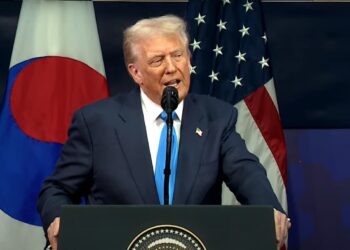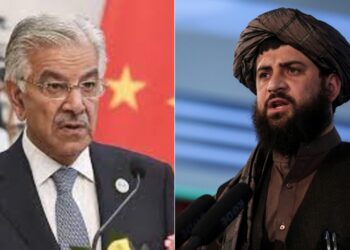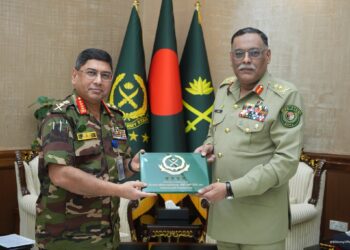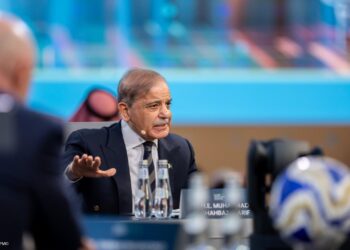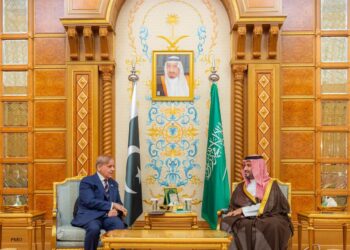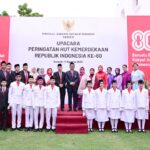Sarosh Mustafa

On September 3, 2025, Beijing staged the largest military parade in a decade, marking the 80th anniversary of China’s victory in the War of Resistance Against Japanese Aggression and the global defeat of fascism.
Helicopters carved the number “80” in the skies above Tian’anmen Square, while 80 cannon blasts echoed across the capital. But the most striking image was Xi Jinping flanked by Vladimir Putin and Kim Jong Un—a powerful signal that China was not only honoring history but reshaping today’s global power dynamics.

A Eurasian Axis on Display
Xi Jinping welcomed leaders and dignitaries from 26 nations, highlighting Beijing’s expanding network of strategic allies:
- Vladimir Putin (Russia): signaling deepening Sino-Russian cooperation amid Ukraine war and sanctions.
- Kim Jong Un (North Korea): a rare foreign visit, openly defying U.S. pressure.
- Shehbaz Sharif (Pakistan): reaffirming the “iron brother” partnership and CPEC ties.
- Central Asian leaders: Kazakhstan, Uzbekistan, Kyrgyzstan strengthening regional connectivity.
- Iran and Syria: lending Middle Eastern weight to Beijing’s bloc.
- African & Southeast Asian representatives: showcasing China’s reach across the Global South.
Conspicuously absent were Western leaders, underlining the East–West divide.

Weapons as a Warning
The centerpiece was not choreography but military hardware. Beijing unveiled:
- Hypersonic missiles designed to penetrate U.S. defense systems.
- Nuclear-capable ICBMs with intercontinental range.
- AI-driven drones and underwater vehicles foreshadowing future warfare.
- Laser anti-drone systems and space-defense technologies.
The parade sent a clear message: China is no longer confined to Asia—it is a global challenger across land, sea, air, space, and cyberspace.

Rewriting Memory, Reframing Power
The commemoration went beyond weapons—it was ideological.
By amplifying its WWII role while minimizing U.S. contributions, Beijing reframed history to cast itself as the true defender of peace and anti-colonialism. For many nations wary of Western dominance, this narrative served as a powerful tool to legitimize China’s rise.
Western Reactions: Alarm Bells in Washington
The West quickly registered concern:
- Donald Trump labeled the parade “a warning shot at free nations.”
- NATO officials warned of an emerging anti-Western bloc.
- European leaders expressed unease while balancing economic dependence on China.
The sight of Putin, Kim, and Sharif alongside Xi Jinping alarmed policymakers as a symbol of growing anti-Western solidarity.
A Gift Wrapped in a Warning
For the Chinese public, the parade was a patriotic celebration. For the Global South, it symbolized China’s leadership in a non-Western coalition. But for the U.S. and its allies, it was both a gift and a warning—a gift of historical remembrance, but a warning of shifting global power away from Washington and toward Beijing.
The parade was not just a commemoration of WWII—it was a rehearsal for the geopolitical struggles of the 21st century.

